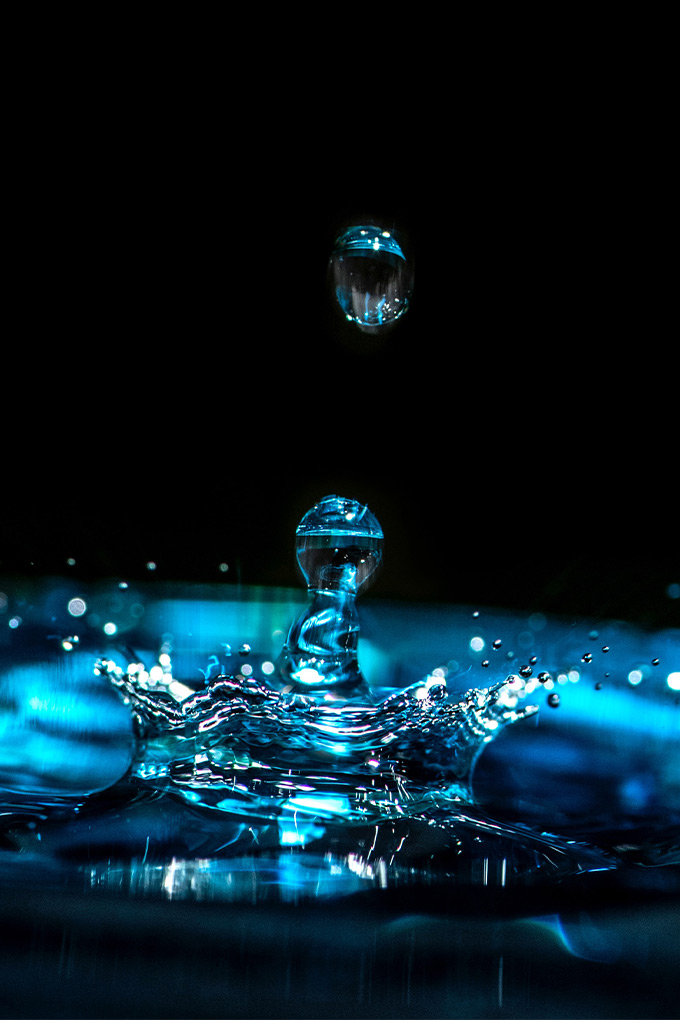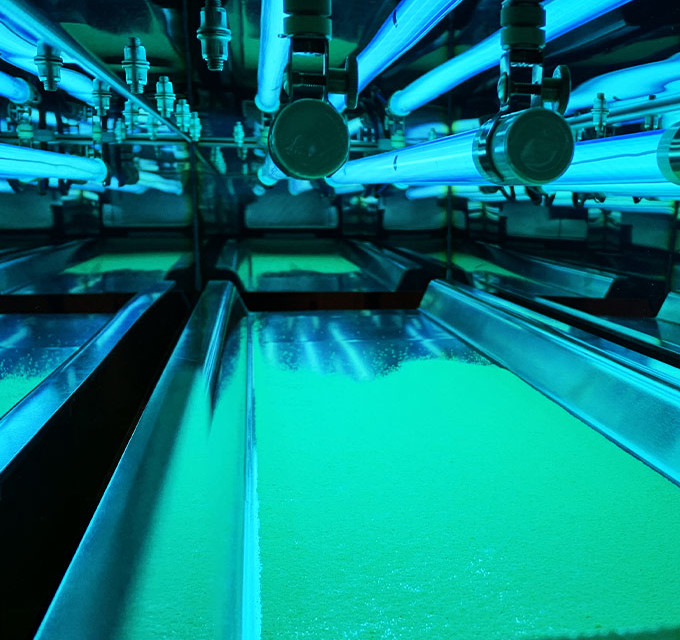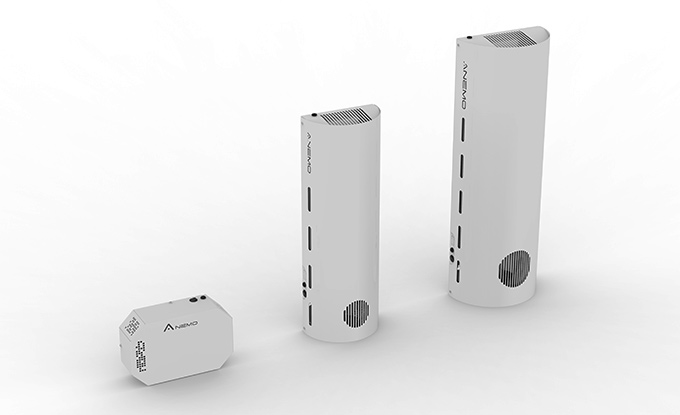
General operation of UV-C technology
The UV-C technology contained in all of our devices has no effect on human or animal health or on the environment and makes it possible to treat water, air and surfaces in a totally ecological and respectful way. The ultraviolet rays emitted by the lamps act on the DNA of microorganisms. Depending on the UV dose emitted, the treatment will prevent their reproduction or destroy them. When this technology is used to treat water, the UV lamps are fixed in a cylindrical chamber and protected by quartz sleeves.
For health and environmental issues, it is essential that the water, air and/or surfaces you use on a daily basis are of impeccable purity. The development of micro-organisms (bacteria, viruses, yeasts, fungi, molds, etc.) is the cause of many problems that can impact the quality of your products/services andl human health. UV-C technology allows an ecological treatment of fluids (water and air) and surfaces by eliminating microorganisms effectively.
To ensure optimal treatment, it is necessary to take into account certain factors that can affect your UV:
Water treatment
-
The transmission of your water
It is the indicator of materials that cloud your water or chemical compounds that absorb UV radiation. The clearer the water, the higher the allowable flow rate can be because this radiation propagates better under these conditions. The power and number of lamps must therefore be adapted to the transmission of your water in order to guarantee optimal treatment quality.
It is important to know the transmission of your water so that we can offer you the solution that suits your needs.
-
The maintenance frequency of your UV installations
Depending on the quality of your water and the installation you have, the maintenance of your equipment will have to be done within a certain period of time. During the first year of operation of your UV, check the condition of your lamps and quartz sleeves every month. This regular check will then allow you to establish the rhythm of cleaning to operate on your equipment. Indeed, if, for example, you treat water loaded with limestone, your UV will have to be cleaned more regularly than for soft water.
This cleaning is important because if deposits form on your quartz sleeves, UV rays will diffuse with difficulty. This will subsequently affect the quality of your water because the treatment will not have been optimal.
-
Suspended solids
These are the materials that must be filtered before UV disinfection to ensure better treatment efficiency. For this, it is necessary to regularly change its filter which, once saturated, can become a support for micro-organisms.

-
The environment in which you work
Poorly maintained hydraulic network, stagnant pipes, poor cleaning of equipment and machinery… Make sure that the environment in which you work is healthy and regularly cleaned to prevent the development of micro-organisms, even after UV treatment.
-
Respect for the lifespan of the lamps
Beyond their maximum lifetimes defined by the manufacturer, the power of the lamps decreases and their disinfection performance is no longer guaranteed. Remember to change the lamps at the end of their recommended life.
Surfaces treatment
- Adapt the contact time with the surface so that the UV has time to completely disinfect it
- Adapt the distance from the surface: the closer the lamp is, the faster and more effective the treatment will be
- Properly clean your support (crate, carpet, etc.) so as not to contaminate your products after passing under the UV
- Treat the entire surface of your product so as not to forget any bacteria. UV rays are light rays that only treat surfaces in direct contact
- Respect the lifespan of your lamps

Air treatment
- Adapt the power of your lamps to the bacterial load of your air so that all microorganisms can be eliminated
- Take into account the layouts and volumes of your rooms to be treated to arrange your air purifiers in such a way that they do not leave dead volumes
- Respect the lifespan of your lamps


 English
English Français
Français Español
Español






